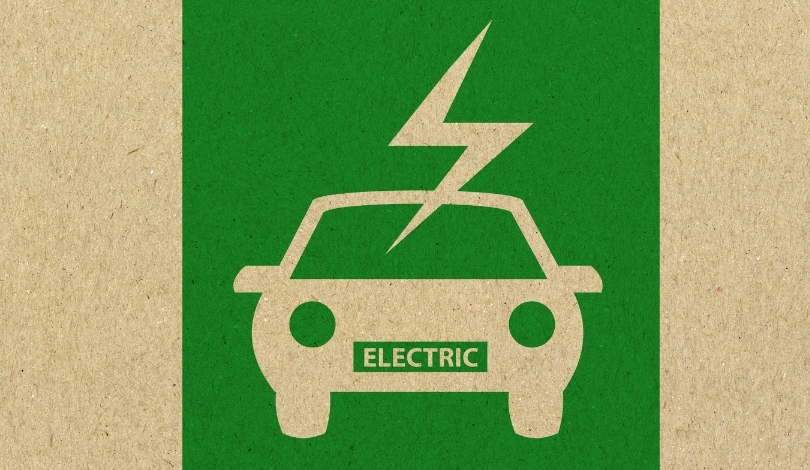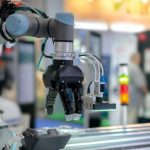Waymo, the commercial robotaxi pioneer, has initiated its first international manual testing in Japan, signaling a significant expansion of its autonomous driving ventures. The company’s recent event in Tokyo showcased its advanced Jaguar I-Pace vehicles equipped with state-of-the-art sensing technologies, marking a pivotal step towards integrating autonomous vehicles into Japan’s bustling urban landscape. This move underscores Waymo’s commitment to adapting its services to diverse global markets, addressing unique regional transportation needs.
Waymo’s expansion into Japan builds upon its established presence in the United States, where it has been offering paid autonomous ride-hailing services in multiple cities. The company’s strategic collaboration with local partners like GO and Nihon Kotsu aims to tailor its technology to Japan’s specific traffic systems and cultural nuances, enhancing the overall safety and efficiency of its services.
How Will Waymo Adapt to Tokyo’s Traffic Environment?
Waymo is customizing its autonomous systems to navigate Tokyo’s intricate road networks by utilizing detailed 3D maps and gathering extensive data on local traffic laws and patterns. This adaptation is facilitated through partnerships with Nihon Kotsu and GO, which provide valuable insights and support for the integration of autonomous vehicles into the existing transportation framework.
What Are the Key Collaborations Supporting Waymo’s Launch?
The launch event featured representatives from GO and Nihon Kotsu, highlighting the collaborative effort in deploying Waymo’s technology.
“After months of strong collaboration with Nihon Kotsu and GO, Waymo has reached a historic milestone— our first venture on international public roads,”
stated Nicole Gavel, Waymo Senior Director. These partnerships are crucial for ensuring that Waymo’s services align with local standards and meet the needs of Tokyo’s residents.
What Sets Waymo Apart from Competitors in Japan?
Waymo distinguishes itself through its extensive experience in autonomous driving and its robust safety protocols. Unlike some competitors, Waymo utilizes a comprehensive sensor suite, including cameras, lidar, and radar, to ensure accurate and reliable vehicle operation. This multi-sensor approach contrasts with other companies, such as Tesla, which rely primarily on camera-based systems.
The initiative in Tokyo occurs alongside efforts by companies like Tesla and Zoox to establish themselves in the commercial robotaxi sector. While Tesla focuses on its Supervised Full Self-Driving system and innovative Cybercab vehicles, Waymo emphasizes safety and collaborative integration with established transportation providers.
Navigating the complexities of urban mobility in Japan, Waymo aims to address challenges such as an aging population and labor shortages by providing reliable autonomous transportation solutions. The ongoing tests in Tokyo will help refine their technology and ensure it meets the high standards expected by Japanese consumers.
Waymo’s entry into the Japanese market marks a significant milestone in the global expansion of autonomous vehicle technology. By leveraging local partnerships and focusing on comprehensive safety measures, Waymo is positioning itself to become a key player in the future of urban transportation. The success of these initial tests will likely influence the broader adoption of autonomous vehicles in other international markets.










